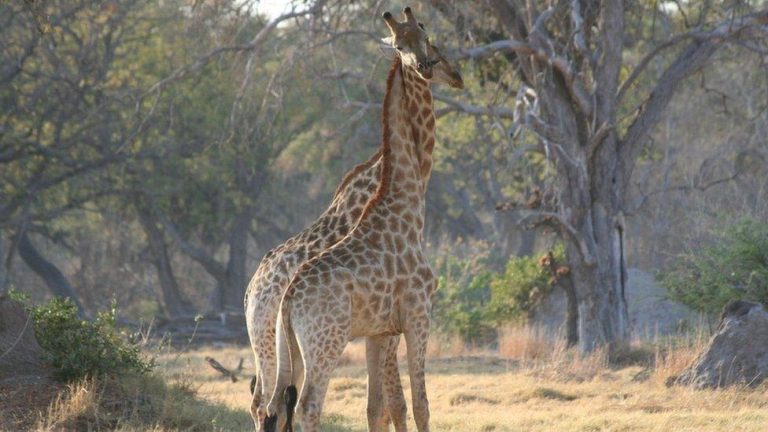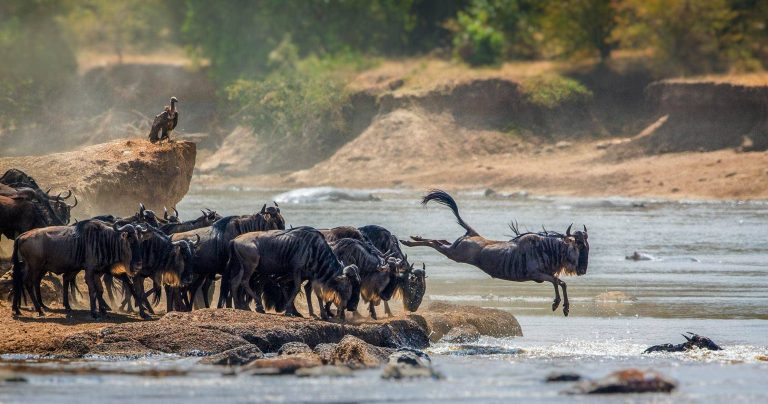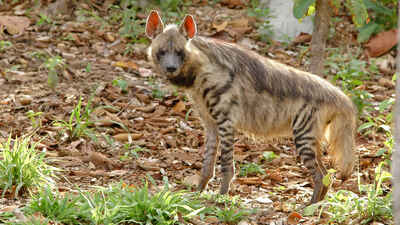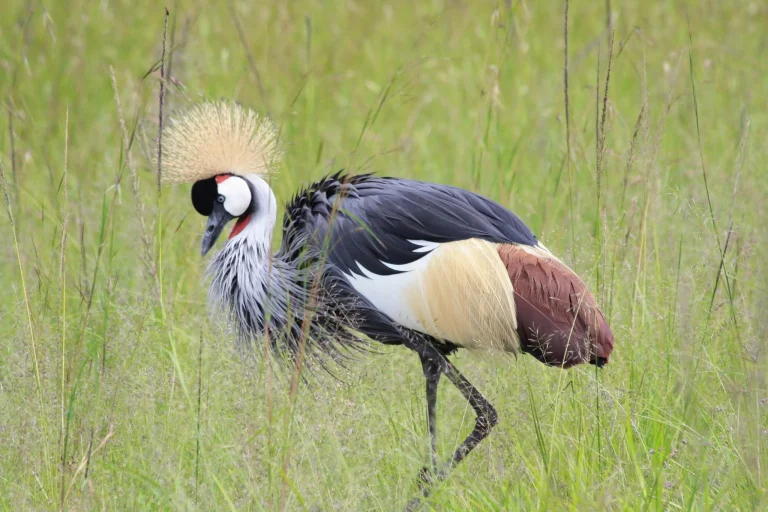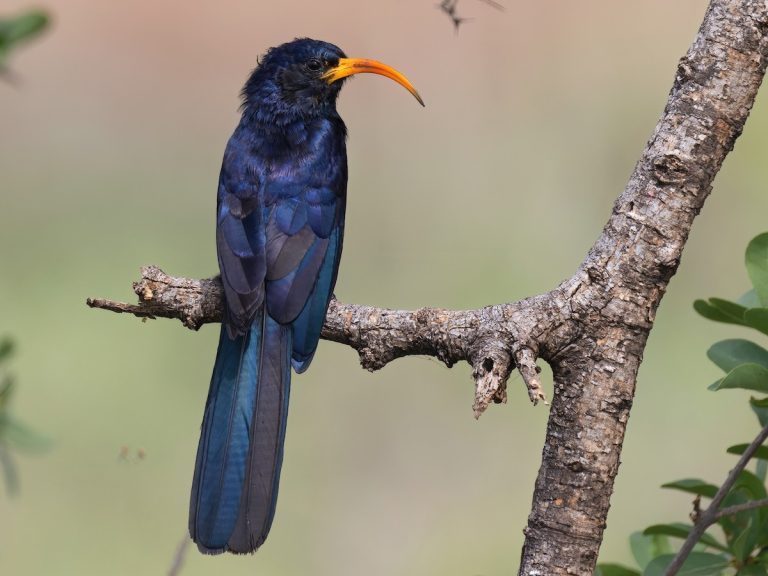Introduction: The King of the Serengeti Skies
The Serengeti, famous for its vast grasslands and thriving wildlife, is home to an impressive array of predators. While lions, cheetahs, and hyenas dominate the land, the skies have their own undisputed ruler—the martial eagle (Polemaetus bellicosus). As the largest and most powerful eagle in Africa, this raptor reigns supreme over the open savannah, utilizing unparalleled strength, keen eyesight, and strategic hunting techniques to maintain its dominance.
In this article, we explore the martial eagle’s extraordinary hunting abilities, detailing how it survives and thrives in the predator-rich ecosystem of the Serengeti.
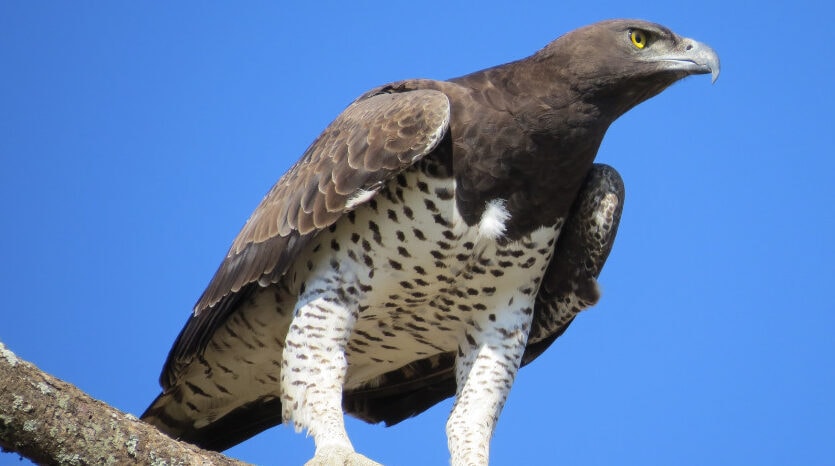
The Martial Eagle: A Formidable Aerial Hunter
1. Physical Prowess and Adaptations
Martial eagles possess a combination of physical traits that make them exceptional hunters:
- Wingspan & Flight Power: With a wingspan of up to 2.6 meters (8.5 feet), martial eagles soar effortlessly across the Serengeti’s vast plains, covering extensive hunting territories.
- Exceptional Vision: Their eyesight is nearly four times stronger than a human’s, allowing them to spot prey from over three kilometers (1.8 miles) away.
- Crushing Grip Strength: The martial eagle’s talons exert a pressure of nearly 700 psi (pounds per square inch)—strong enough to crush the skull of a small antelope or break the spine of a monkey.
These adaptations make the martial eagle a formidable predator capable of taking down prey larger than itself.
Hunting Techniques: Precision, Power, and Patience
1. Aerial Surveillance & Precision Strikes
Unlike scavengers such as vultures, martial eagles rely entirely on their own hunting skills. They often patrol the Serengeti from great heights, scanning the ground for movement. Once a potential meal is spotted, they execute a calculated descent:
- They hover momentarily to assess the surroundings, ensuring there are no threats like lions or hyenas that might steal their kill.
- With a sudden, rapid dive, they descend at speeds of over 150 km/h (93 mph), using the element of surprise.
- Just before striking, they extend their powerful talons and hit their prey with incredible force, often delivering a lethal blow instantly.
2. Ambush Predation on the Ground
Although martial eagles are known for their aerial strikes, they occasionally hunt from low perches, particularly in areas with dense bushland or near watering holes. This technique is effective for ambushing unwary prey such as lizards, mongooses, and small antelope fawns.
3. Targeting Unusual and Large Prey
What sets the martial eagle apart from other raptors is its ability to hunt animals much larger than itself. Common prey items include:
- Guinea fowl and francolins – A staple in their diet, caught with swift aerial dives.
- Monitor lizards and snakes – Martial eagles have been observed wrestling large lizards, using their beaks and talons to subdue them.
- Mammals like hares and vervet monkeys – These fast-moving animals require precision timing and explosive speed to capture.
- Young antelopes – Though rare, martial eagles have been known to attack baby impalas and dik-diks, demonstrating their immense strength.
4. Cooperative Hunting with Mate
During the breeding season, martial eagle pairs may occasionally hunt together, with one eagle flushing prey out of hiding while the other swoops in for the kill. This cooperative behavior increases hunting success and ensures adequate food supply for their young.
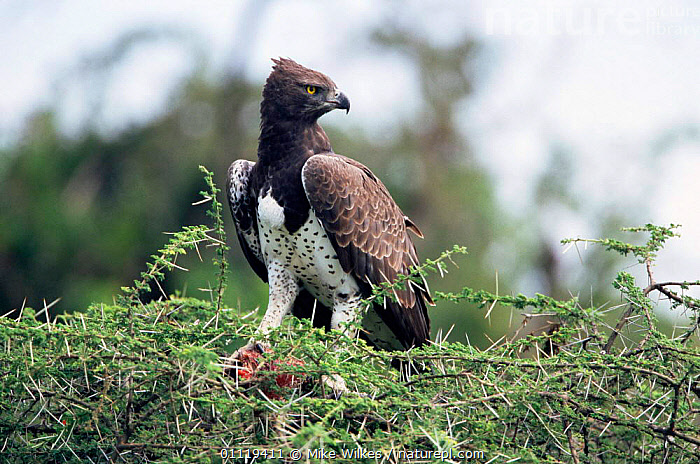
Challenges and Survival Strategies
1. Competition with Other Predators
Martial eagles must contend with a range of competitors, including:
- Larger scavengers – Hyenas and vultures often attempt to steal kills, forcing martial eagles to be swift in consuming or transporting their prey.
- Other raptors – Tawny eagles and African hawk-eagles compete for smaller birds and rodents.
2. Nest Defense & Protection of Young
Despite their dominance, martial eagles are vulnerable during nesting. They often build large nests in isolated trees or rocky outcrops, far from threats like baboons or opportunistic leopards that might prey on their chicks.
3. Adapting to Changing Habitats
With human encroachment and habitat loss affecting their territories, martial eagles are increasingly hunting in farmlands and semi-urban areas, preying on domestic poultry and small livestock.
The Role of Martial Eagles in the Serengeti Ecosystem
Martial eagles play a crucial role in maintaining the balance of the Serengeti’s ecosystem:
- Regulating Prey Populations – By hunting rodents and other small mammals, they help control population surges that could disrupt the food chain.
- Preventing Disease Spread – Their predation on weak or diseased animals helps maintain healthier wildlife populations.
- Indicators of Ecosystem Health – As apex avian predators, the presence of martial eagles is a sign of a thriving environment. A decline in their numbers often signals broader ecological issues.
Conclusion: Witnessing a Martial Eagle Hunt – A Safari Highlight
For wildlife enthusiasts, witnessing a martial eagle hunt in the Serengeti is a breathtaking experience. Whether gliding high above the plains, launching a high-speed attack, or defending its kill from scavengers, this bird of prey epitomizes power and precision.
If you’re planning a Serengeti safari, keep an eye on the sky—you might just witness one of nature’s most spectacular aerial predators in action.
Would you dare to step into the realm of the Serengeti’s supreme sky hunter?


